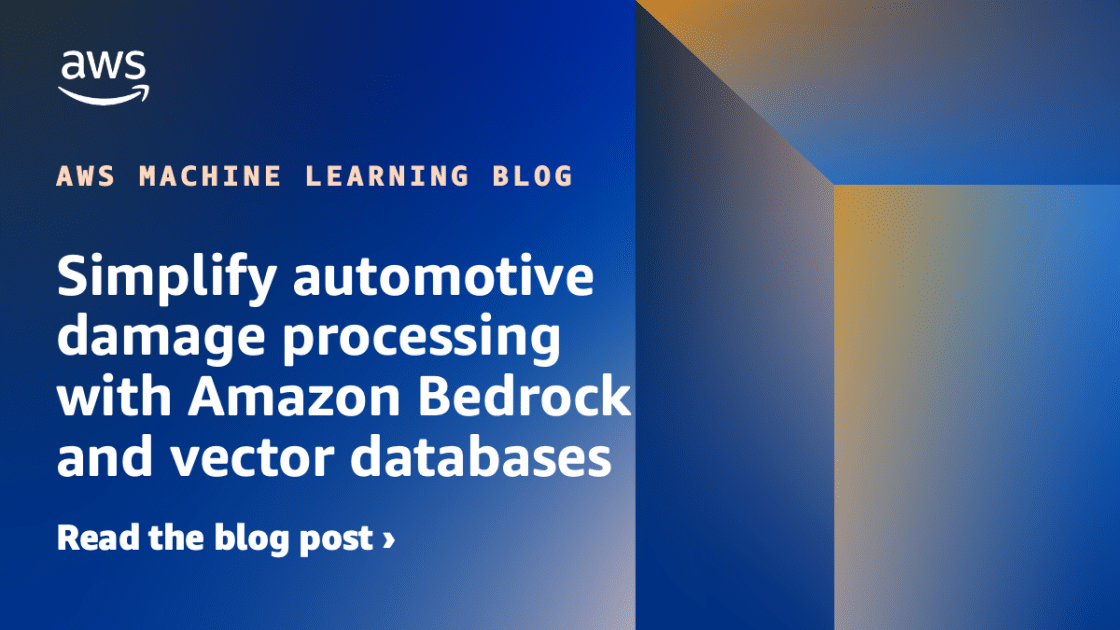In the dynamic automotive industry, accurate and efficient evaluation of vehicle damage is crucial to ensure smooth operations, satisfy customers, and manage costs efficiently. Traditionally, the manual process of inspecting and detecting damages has been a laborious and error-prone task, especially when handling large volumes of vehicle data and the complexity of evaluating damages.
In the face of this challenge, an innovative solution has emerged thanks to the incorporation of advanced generative artificial intelligence (AI) capabilities, such as Amazon Bedrock and OpenSearch’s vector search. These tools are designed to assess vehicle damages more efficiently and are targeted at insurance companies, repair shops, and fleet managers. Amazon Bedrock offers a managed service that allows access to high-performance AI models through a unified API. On the other hand, the OpenSearch search service is a flexible engine that enables data retrieval using both lexical and semantic approaches.
The integration of these technologies represents a significant advancement in facilitating the identification and categorization of automotive damages, optimizing the process efficiency, and providing valuable insights that help companies make more informed decisions. Traditionally, machine learning models were used to classify damages and measure their severity, as well as regression models to predict numerical outcomes. However, these approaches faced the challenge of maintaining multiple models for various functions without adequately generalizing changes in the data.
This is where large-scale language models (LLMs) play a crucial role, allowing for visual and textual evaluations that recognize semantic correlations in the available data. Automotive companies have extensive datasets documenting damages, including images and detailed descriptions such as the make, model, year of the vehicle, and repair costs. This information is converted into numerical vectors through a multimodal embedding process, allowing these vectors to be matched with new damage images.
The use of Amazon Bedrock in conjunction with OpenSearch Service for semantic search through vectors, facilitated by the Amazon Titan Multimodal Embeddings model, promises to revolutionize how the automotive industry approaches damage assessment. The benefits are evident in terms of efficiency, accuracy, scalability, and adaptability. As the automotive sector evolves, the adoption of AI-based technologies, such as those proposed by Amazon, ensures leadership in providing more effective and cost-efficient damage assessment services. This not only improves the accuracy of assessments but also catalyzes a positive change throughout the industry.
Source: MiMub in Spanish











